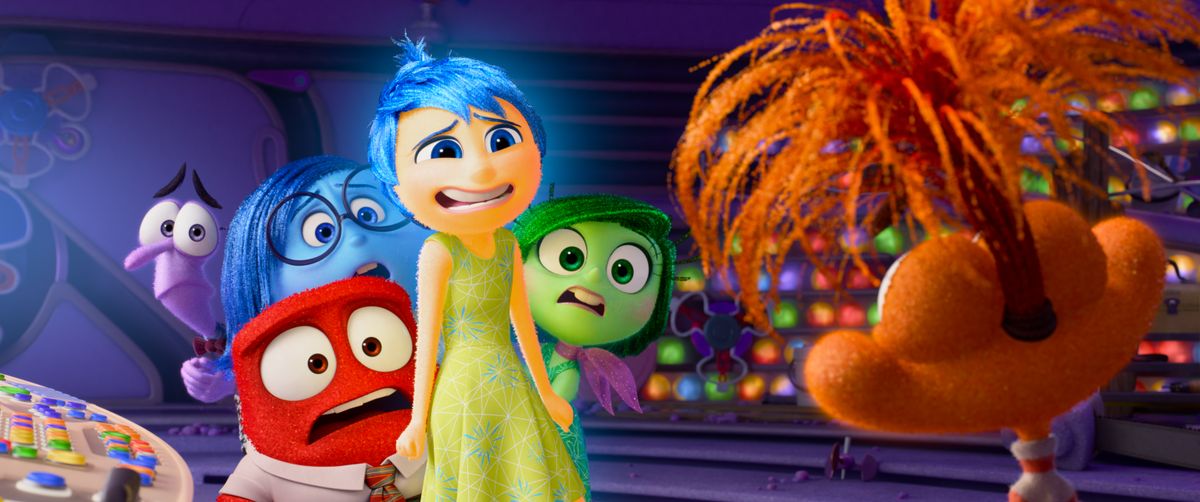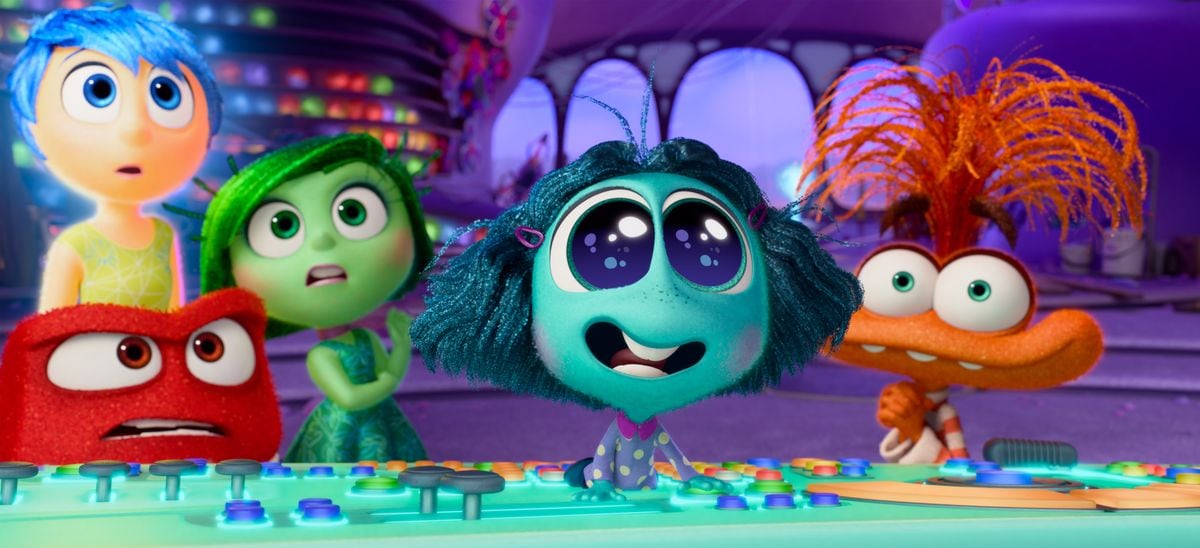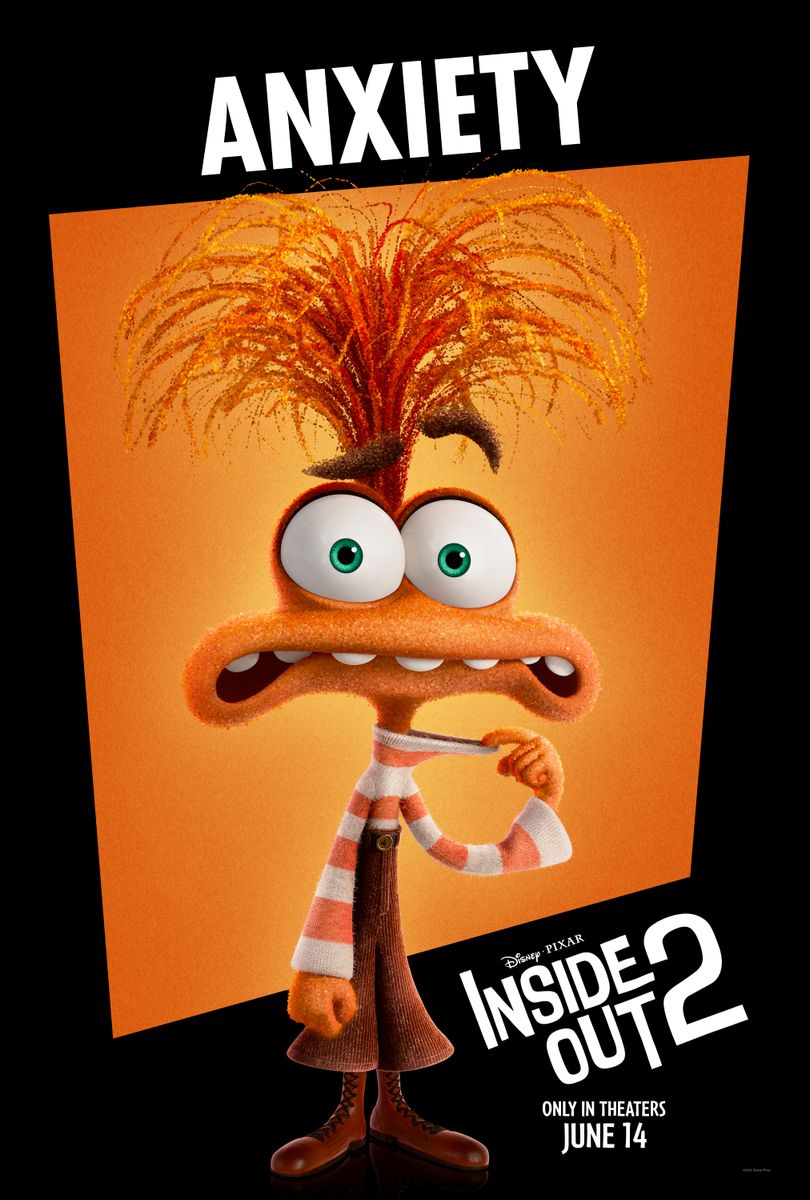Pixar's 2015 film "Inside Out" marked a significant shift in children's cinema, diving into the world of emotions with remarkable sophistication. The film centers around Riley, an 11-year-old girl navigating her identity and emotional growth. Unlike traditional children's movies that barely touch on emotions, the film delves deeply into the psychological experiences and challenges of growing up.
Now that the franchise has released the movie's second part, "Inside Out 2", on June 14, 2024, the conversation surrounding emotions has peaked, sparking positive debates about the film and its benefits for adults.
The film draws on American psychologist Robert Plutchik's theory of emotions to explain emotional development and its impact on cognition. Although Mr. Plutchik passed away in 2006, his descendants continue his legacy by sharing more details about the theory and its connection to the film. According to Lori and Joshua Plutchik, their father and grandfather identified eight primary emotions: anger, fear, sadness, disgust, surprise, anticipation, trust, and joy. These emotions are universal and biologically ingrained in our minds. Five of these emotions, depicted as colorful, engaging characters, guide Riley—the animated blue-haired teenager starring in the movie—through her developmental changes.
Though "Inside Out" simplifies some aspects of Plutchik's theory for its young audience, it subtly nods to its more complex facets. For instance, it pairs emotions as opposites, such as happiness and sadness. The film also touches on evolutionary adaptiveness, showing how emotions like fear can trigger protective fight-or-flight responses. Additionally, it hints at the spectrum of emotional intensity and the blending of emotions to create complex feelings, much like mixing colors.
In line with developmental psychology research, the film emphasizes the crucial role of emotional competence—the ability to understand and regulate one's emotions and empathize with others—in social and academic success. According to the Plutchiks, it portrays how children's capacity to understand, express, and manage their emotions evolves, influenced by their inherent temperament and the development of social-emotional skills within their family and society.
What makes the project truly special is its profound exploration of the trials of growing up and the cultivation of emotional competence from an early age. Riley's narrative embodies emotions as characters—from Joy's vibrant yellow to Sadness's pensive blue—providing a relatable and captivating way for viewers to engage with and comprehend their feelings. Furthermore, the movie demystifies intricate psychology by imaginatively portraying memories as colored orbs and a literal "train of thought," providing insights into how we interpret experiences and emotions.
By illustrating the complexities of our internal emotional lives, both "Inside Out" films entertain and enlighten, offering a valuable tool for children and adults to understand their emotions better. This innovative approach mirrors Plutchik's emotional theory, demonstrating that our feelings, in all their intricacy, are fundamental to our identity and personal growth.
,type=downsize)







